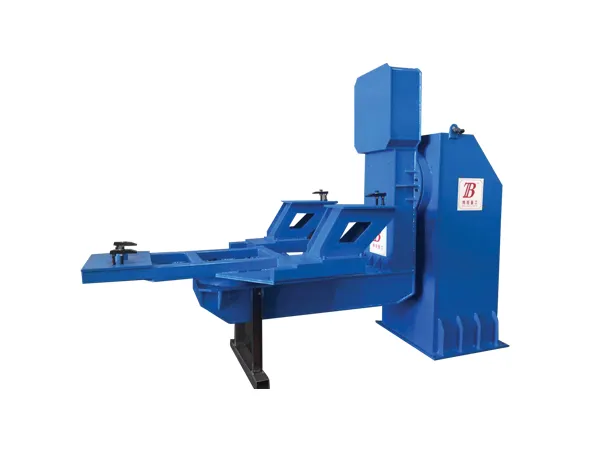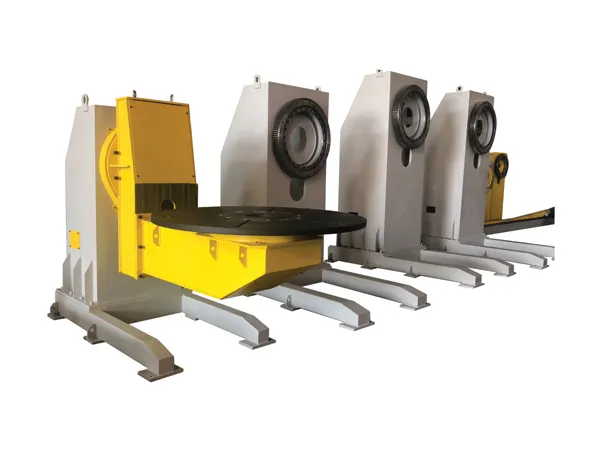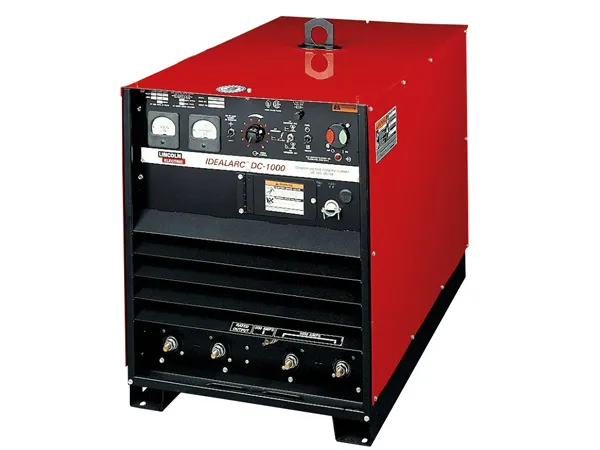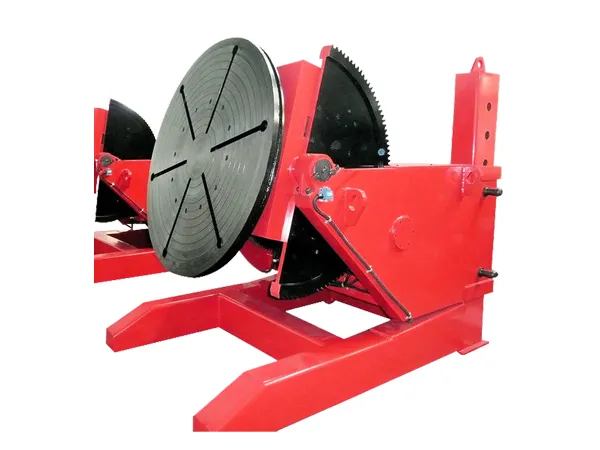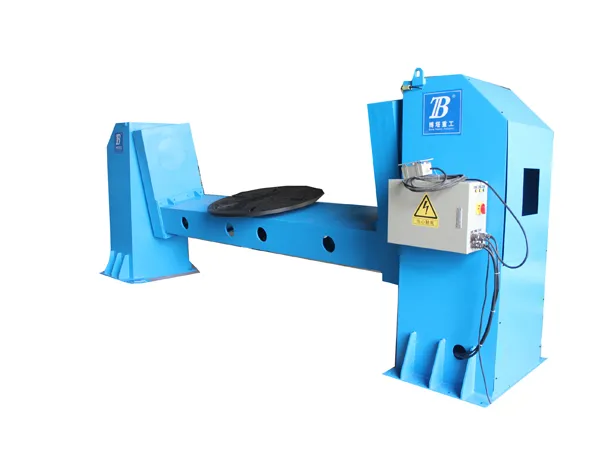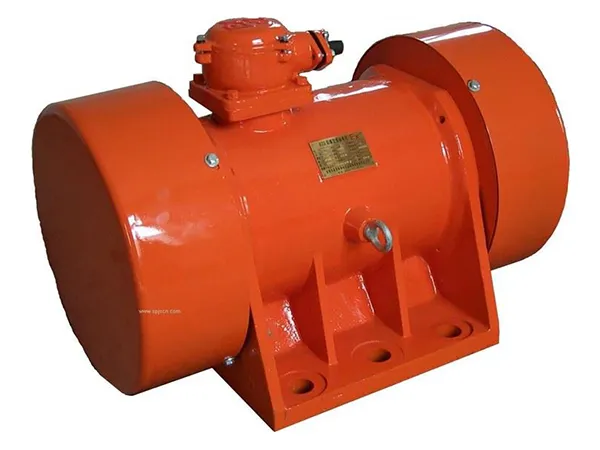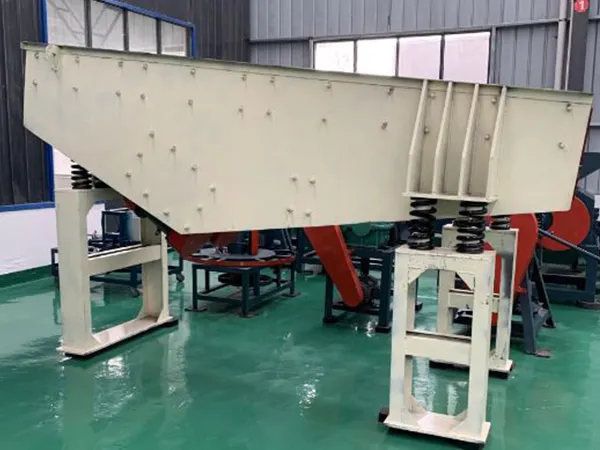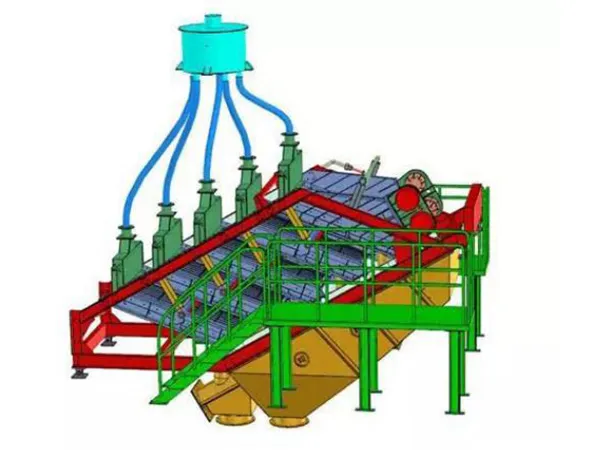The installation of the screen on a linear vibrating screen is crucial for ensuring optimal performance and efficiency in material separation. A well-installed screen minimizes issues like material clogging, screen tearing, or improper material classification.
How to install the screen of linear vibrating screen
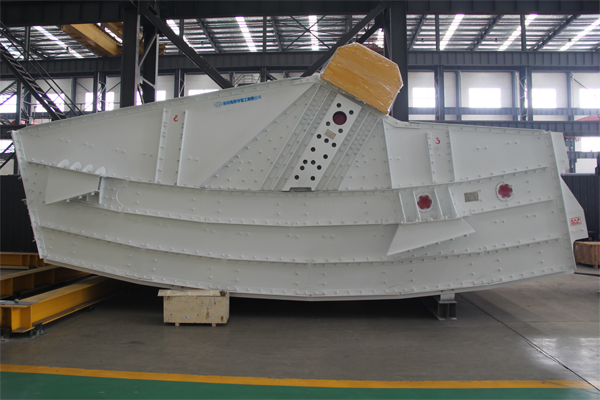
1. Preparation
Safety Precautions: Before starting, ensure the power to the vibrating screen is disconnected, and all safety procedures are followed to prevent accidents.
Check the Screen Deck: Inspect the screen deck for any wear, damage, or debris. Clean it thoroughly to ensure a smooth installation.
Check the Screen Size: Ensure the screen mesh size and dimensions are appropriate for the machine and the material to be processed.
2. Screen Frame Assembly
Remove the Old Screen (if replacing): If you are replacing an old screen, carefully remove it by loosening any clamps, bolts, or fasteners securing it to the frame.
Screen Frame Condition: Inspect the screen frame for any wear or damage. Repair or replace damaged parts if necessary to ensure the screen is mounted securely.
3. Position the Screen
Correct Alignment: Place the new screen mesh over the screen frame or screen deck, making sure it is aligned properly. The screen must cover the entire frame evenly without stretching or overlapping.
Ensure Tension: The screen should have uniform tension across its surface to prevent sagging or loose areas, which can affect material flow and separation efficiency.
For tensioned screens, pull the screen tightly in both directions to ensure it’s uniformly taut.
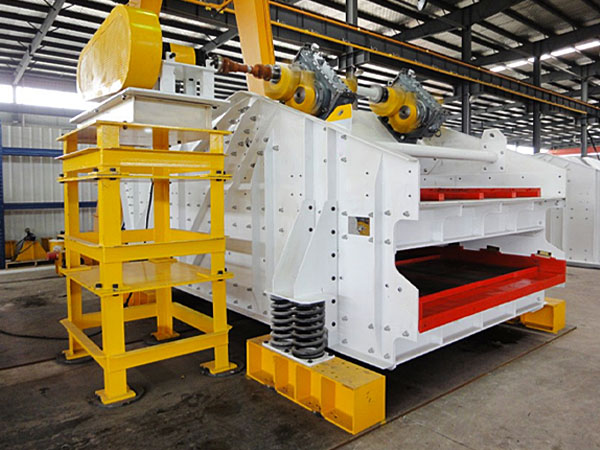
4. Secure the Screen
Clamping Bars or Fasteners: Use clamping bars, bolts, or other fastening mechanisms to secure the screen to the vibrating screen’s frame. Ensure that the screen is tightly secured to prevent it from loosening during operation.
…
For more detailed information about linear vibrating screen mesh installation, please click here: https://www.hsd-industry.com/news/linear-vibrating-screen-mesh-installation/






